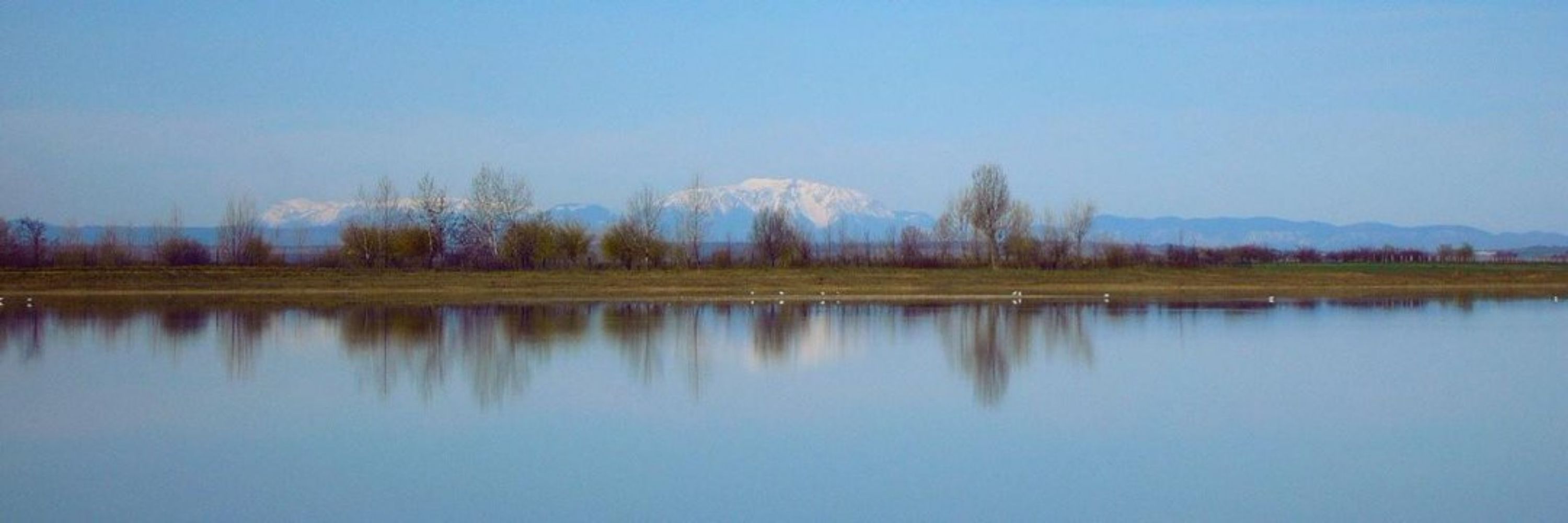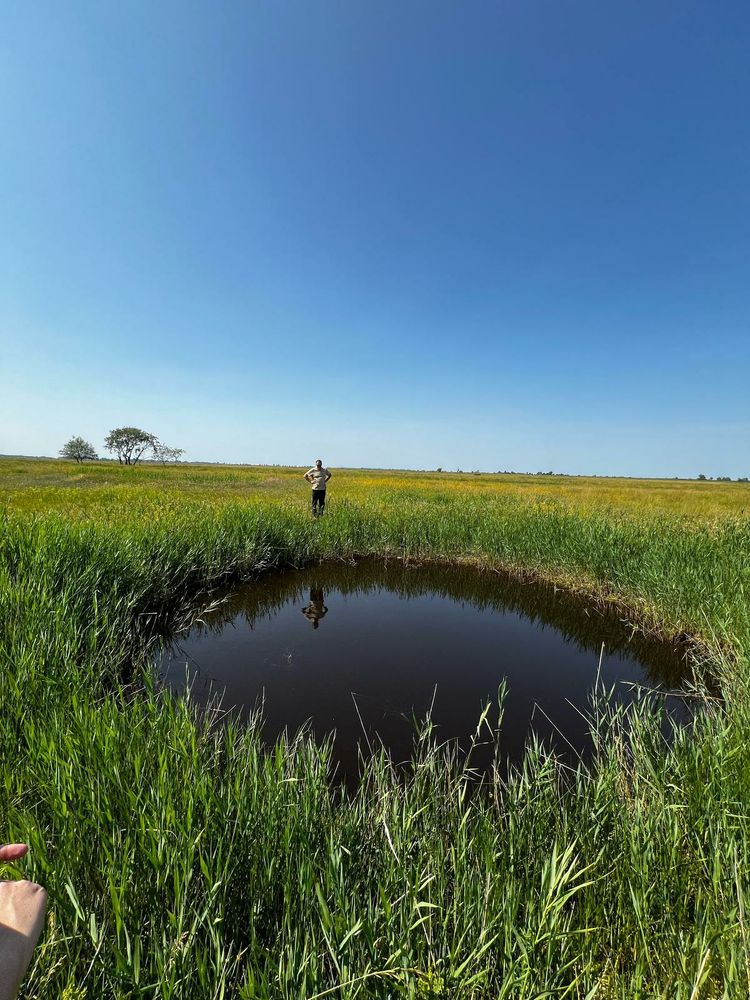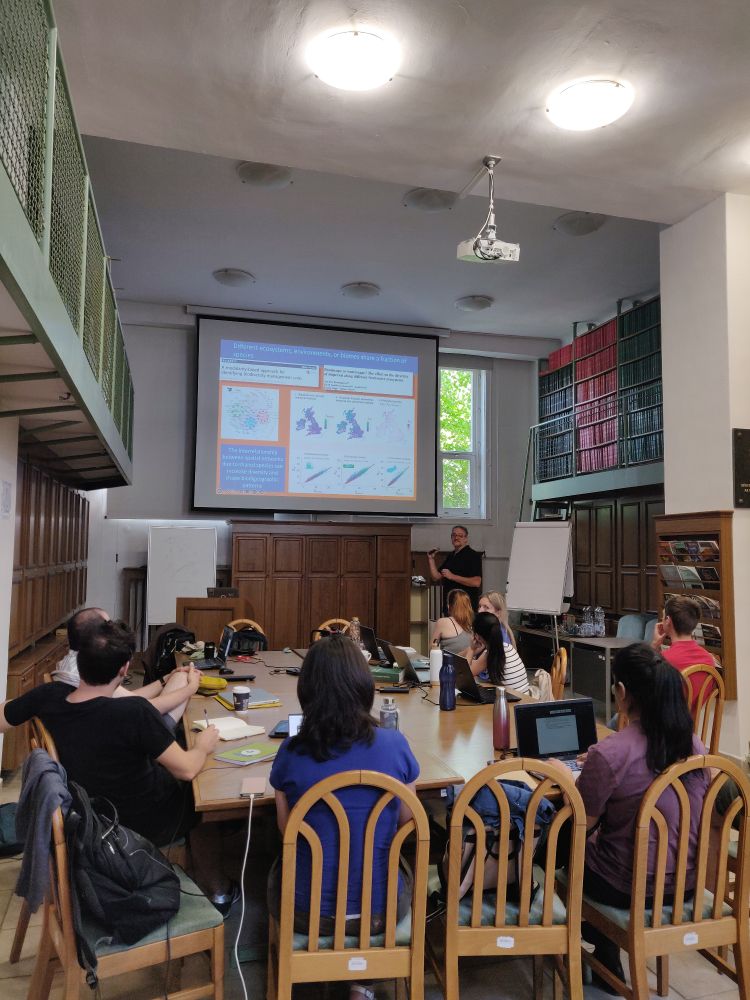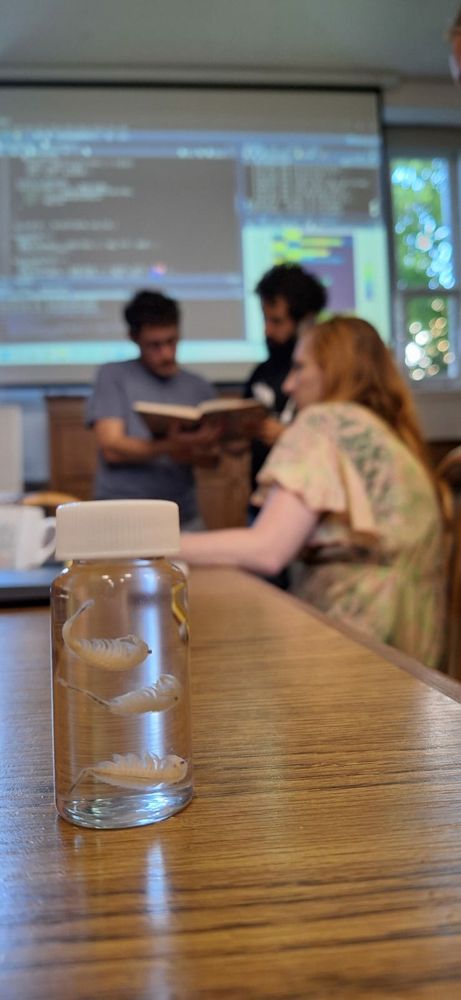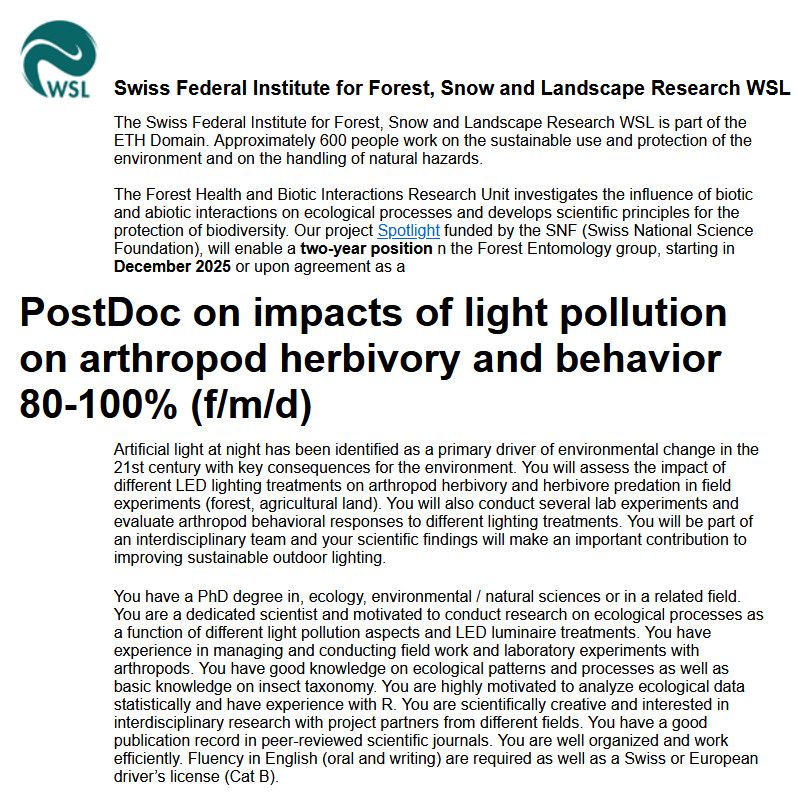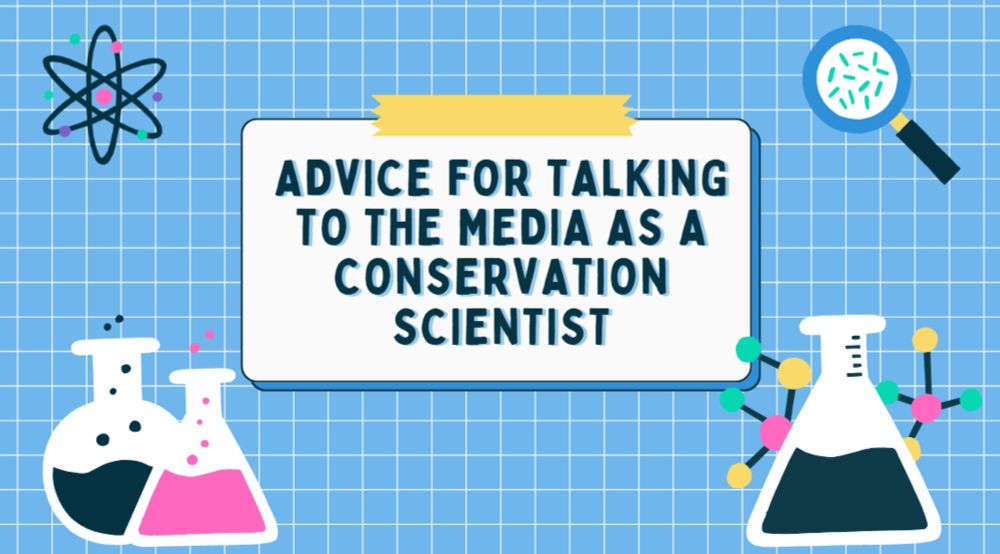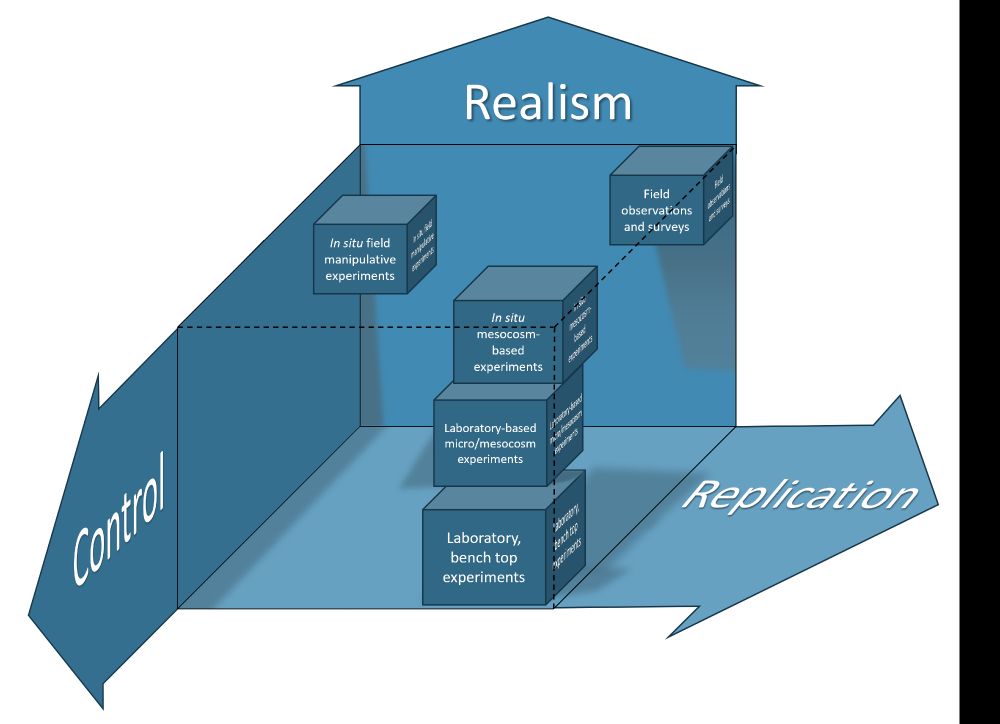Zsófia Horváth
@zsofiahorvath.bsky.social
1.7K followers
970 following
31 posts
Aquatic ecologist. Metacommunities, connectivity, biodiversity, ponds, urbanisation, citizen science. https://scholar.google.hu/citations?user=gY7r-D0AAAAJ&hl=hu & https://metacomlab.com/
Posts
Media
Videos
Starter Packs
Reposted by Zsófia Horváth
Reposted by Zsófia Horváth
Reposted by Zsófia Horváth
Reposted by Zsófia Horváth
Reposted by Zsófia Horváth
Zsófia Horváth
@zsofiahorvath.bsky.social
· Mar 24
Reposted by Zsófia Horváth
Steve Thackeray
@thackers.bsky.social
· Mar 23
Reposted by Zsófia Horváth
Kryštof Chytrý
@krystofchytry.bsky.social
· Mar 14
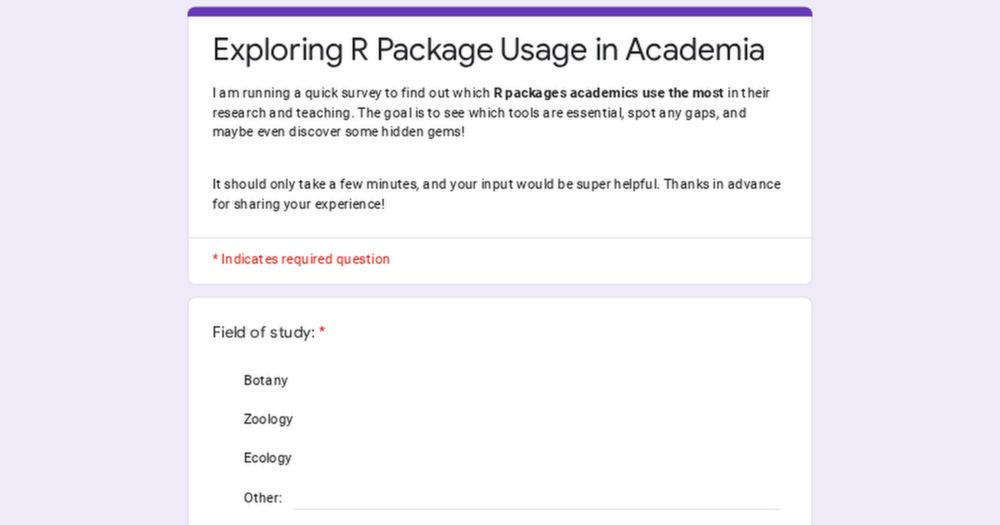
Exploring R Package Usage in Academia
I am running a quick survey to find out which R packages academics use the most in their research and teaching. The goal is to see which tools are essential, spot any gaps, and maybe even discover som...
docs.google.com
Zsófia Horváth
@zsofiahorvath.bsky.social
· Mar 12
Reposted by Zsófia Horváth
Reposted by Zsófia Horváth
Reposted by Zsófia Horváth
Reposted by Zsófia Horváth
Reposted by Zsófia Horváth
Reposted by Zsófia Horváth
Sam Macaulay
@samuelmacaulay.bsky.social
· Feb 11
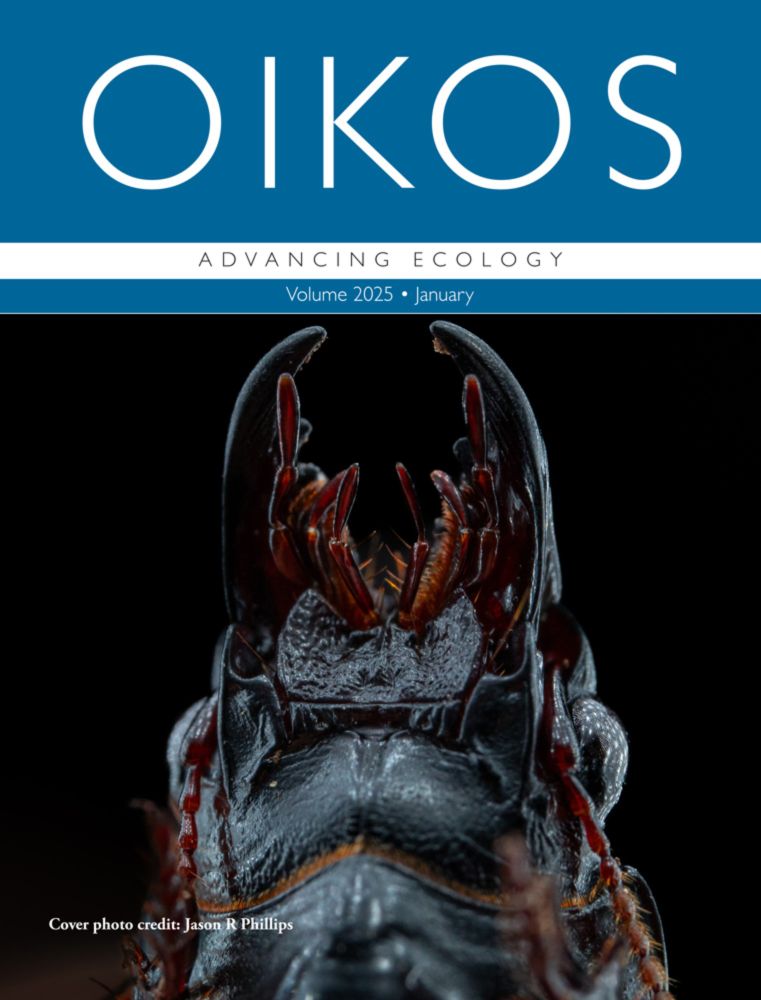
Addressing grand ecological challenges in aquatic ecosystems: how can mesocosms be used to advance solutions?
Rapid and drastic anthropogenic impacts are affecting global biogeochemical processes and driving biodiversity loss across Earth's ecosystems. In aquatic ecosystems, species distributions are shiftin...
doi.org
